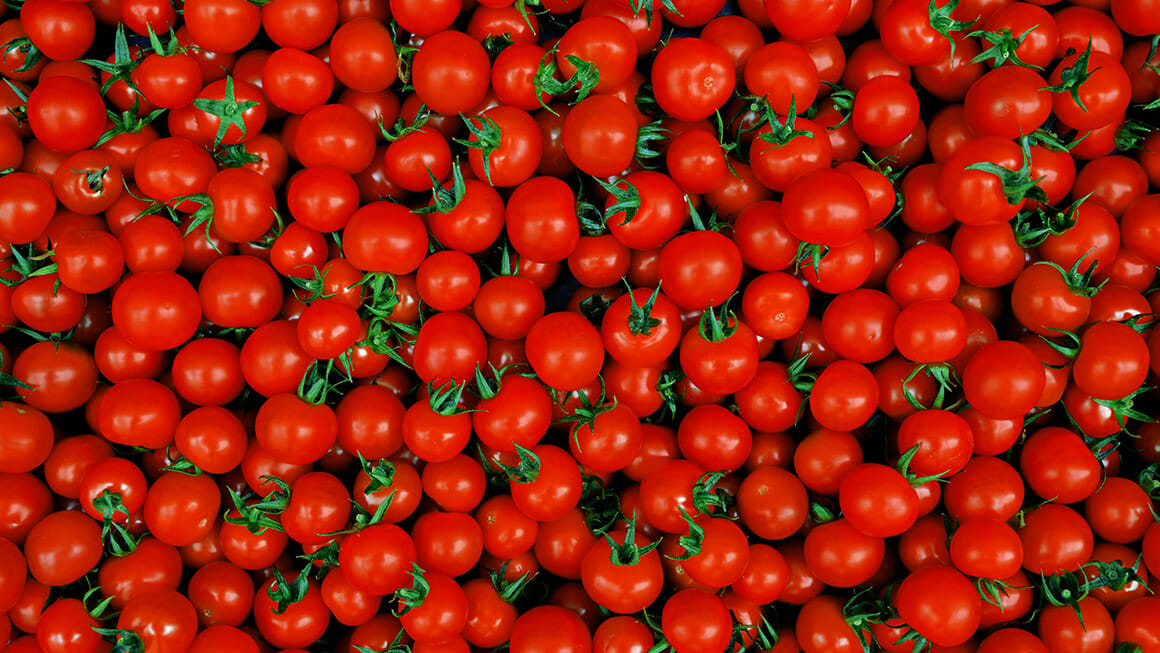
30 Aug LEDs Are Turning Up the Heat on Efficiency
Operating a profitable greenhouse business is all about maximizing efficiency and reducing waste. One way to accomplish these goals is to decouple lighting from heating. In simplest terms, the electricity used to power HPS and LED lights in a greenhouse is converted to heat and light, then plants capture the photonic energy to transform CO2 into usable biomass through photosynthesis. LED technology is simply more efficient throughout this conversion process and allows for better environmental control.
The key to decreasing overall energy use is switching to LED systems or implementing a hybrid LED/HPS lighting strategy. Because LEDs produce less by-product heat, this increased lighting efficiency triggers the need to increase ambient air temperature. Although an LED retrofit may increase heating costs, this is offset through year-round production gains, superior environmental control, and lower overall energy use. LEDs represent a crucial transition for growers who wish to save energy and maintain consistent production and quality.
Decoupling heating from lighting by utilizing two dedicated systems (LED lighting and HVAC heating) offers greater environmental control than legacy HPS systems, reduces thermal waste, and minimizes cost. LEDs allow farmers to keep a more optimized and consistent growing environment, which improves both crop yields and quality. For example, in the warm season when ambient light is low and temperatures are already high, an HPS grower cannot add more light without overheating the crops. In response, HPS systems often require venting cycles, wasting precious CO2 and creating a suboptimal and inconsistent growing environment with wild swings in temperature and humidity. This highly-variable environment is stressful for plants and wasteful for growers. But, with LEDs, farmers have cooler supplemental lighting options that can counter these conditions and establish a consistent environment year-round. Compared to a stand-alone heating system, it is often 2-5x the cost to heat a greenhouse with lights (such as HPS) on a $/BTU basis.
What an LED retrofit means for energy reduction
A landmark study at Wageningen University & Research (WUR) in the Netherlands recently analyzed how transitioning from HPS to LED lighting saves energy in a variety of climates.
WUR’s research used sophisticated modeling and climate data to predict energy-usage changes in a hypothetical tomato greenhouse at 15 locations ranging from subtropical to arctic.
The study assessed energy vectors related to solar radiation, air temperature, relative humidity, horizontal radiation from the sky, insulation, ventilation, photosynthetic photon flux density (PPFD) and a variety of fixture efficiencies for both LEDs and HPS.
LEDs’ reductions in lighting energy were offset by increases in heating energy, yet yielded a 10 to 25 percent reduction in overall energy usage across all locations.
Does this mean that the energy use reduction from LEDs is the same across the board? Not always. LED systems are particularly beneficial when the cost of electricity is higher—as is the case in most countries and regions today—because LEDs shift the utility load away from electric heating to less expensive thermal energy sources.
Reduce by-product heat and energy waste with Fluence
Having a better understanding of the advantages and shortcomings of by-product heat in your greenhouse is crucial, but finding the right products can be the most difficult part of the process.
If you’re searching for efficient LED lighting systems in your greenhouse, contact us to explore our products, conduct lighting design assessments and learn how we can help you tackle your unique cultivation goals and challenges.




